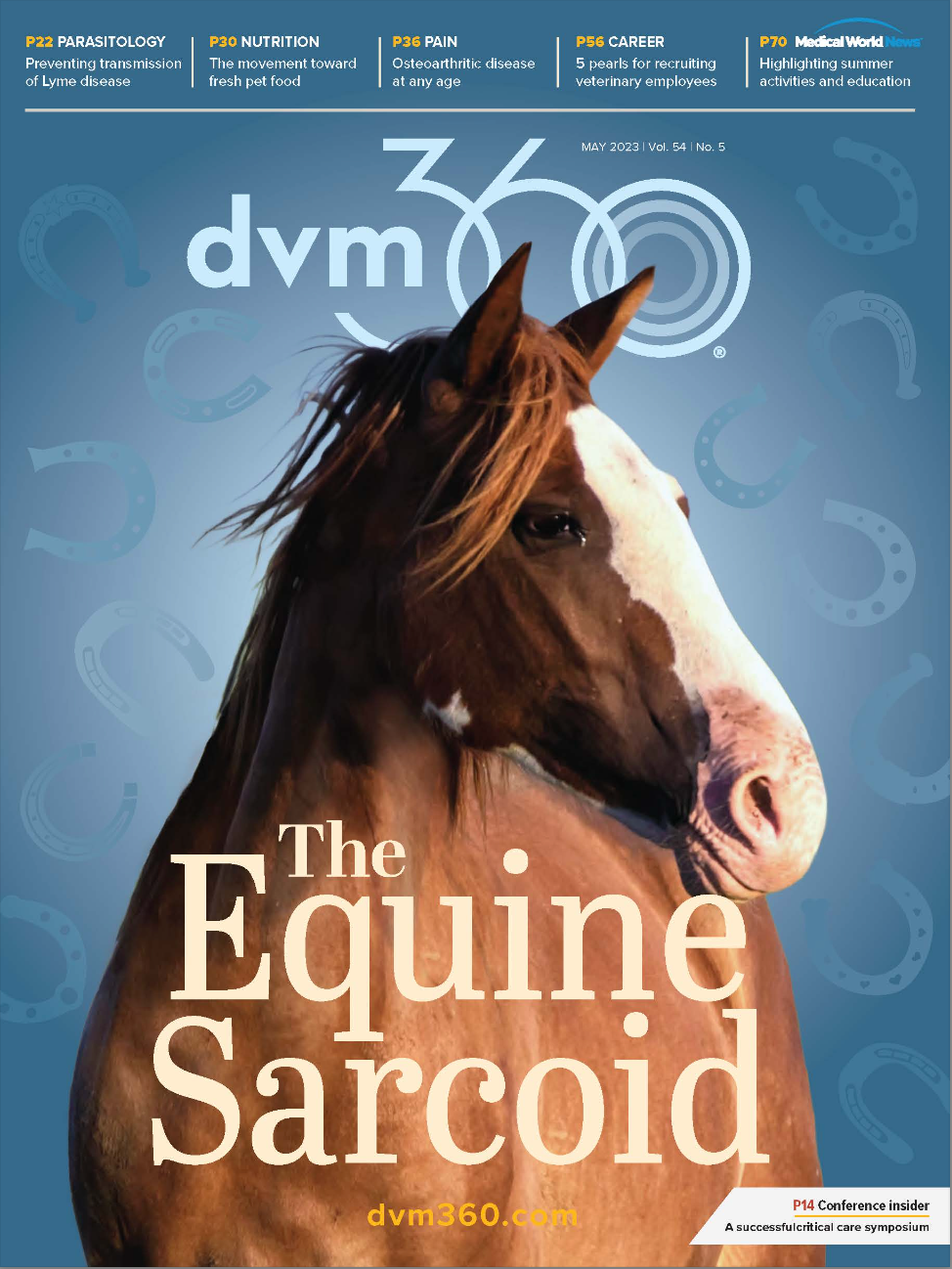Updates on the anesthetic care of aging patients
Learn more about the relatively new concept of frailty and key interventions for decreasing morbidity and mortality that are often overlooked
Studio Porto Sabbia / stock.adobe.com

In the last 10 years, the life expectancy of dogs and cats has increased, resulting in veterinarians anesthetizing a growing number of aging patients.1 Owners often ask, “Is my pet too old for anesthesia?” and it’s our duty to know the risks and how to mitigate them. Aging is often defined as a progressive accumulation of changes that leaves animals susceptible to disease and death.2 In both dogs and cats, morbidity and mortality associated with anesthesia are correlated with increasing age, independent of health status, but how old is “old”?
The term “senior” describes the last 25% of an animal’s estimated life span through the end of life. Significant physiologic deficits are present during this time even if the pet has no overt disease. In many cases, substantial decreases in renal and hepatic function can exist that aren’t detected by routine hematology and chemistry tests. In cats, “senior” generally describes animals over aged 10 years. The life span of dogs varies considerably based on breed and size, and it’s only with the use of life expectancy tables that we can assign different breeds and sizes of dogs to this life stage.1
There are 2 categories of older pets: those that appear healthy but have age-related deficits, and those with these deficits compounded by disease. Specific diseases such as chronic kidney disease and cardiac insufficiency require changes in anesthetic protocols that are outside the scope of this commentary.
The key to caring for older pets undergoing anesthesia is to understand that there is a decrease in functional reserve in all major body systems, leaving the animal less able to maintain homeostasis in the face of stressors (loss of robustness) or to return to baseline function after disruption by external stressors (loss of resilience).3 There are also changes in body composition, such as loss of muscle mass and a decrease in blood volume that alters the distribution, metabolism, and excretion of drugs, which requires us to adjust doses to prevent adverse events.
In humans, a diagnosis of frailty is a strong predictor of postoperative outcomes including morbidity, length of hospital stays, and mortality.4 Frailty is distinct from comorbidity and disability and is not synonymous with aging. Diagnosing frailty allows the clinician to identify patients who are significantly more vulnerable compared with other individuals of the same age. Tools for assessing frailty in dogs and cats are in their infancy. In dogs, a frailty phenotype that has been described includes chronic undernutrition, poor mobility, exhaustion, low physical activity level, and weakness.5 A frailty index that counts the number of clinical conditions present (“deficit accumulation”) has also been developed.6 In frail people, the risks of anesthesia can be decreased by optimizing nutrition and ensuring comorbidities are well managed, while “prehabilitation” (supervised physical exercise) can improve functional reserve; the veterinary profession has the skills to do the same.
For aging patients going under anesthesia, here is what matters:
- Choice of anesthetic drugs: Choose drugs that can be titrated to effect, have a high therapeutic index, and are reversible (when possible).
- Monitoring: Older patients require less inhalant agent; therefore, the vaporizer setting must be adjusted based on an assessment of anesthetic depth.
- Gastroesophageal reflux, regurgitation, vomiting, and aspiration pneumonia: The incidence of these events increases with age. Fasting times of less than 5 hours and administration of maropitant and famotidine are recommended
- Environmental stressors: Older patients may have a degree of cognitive decline and impaired hearing and vision, which can lead to confusion during a hospital stay. Limiting external stimuli (noise, light) may aid in creating a more restful environment and limiting the number of people interacting with the patient may decrease confusion. Encourage owners to bring familiar objects from home to leave with their pet. Whenever possible, schedule this population as outpatients so they can return home to a familiar environment to recover.
- Thermoregulation: Older patients have a high risk of developing hypothermia, which can markedly delay recovery. During recovery, cold animals will shiver to generate heat but this capacity is limited in older patients. Shivering is unpleasant and increases oxygen consumption, which is detrimental in patients with limited cardiac reserves. Maintaining a high (75 ºF) environmental temperature in the prep and recovery areas and utilizing warming devices will mitigate heat loss.
- Positioning during surgery: Many older veterinary patients have osteoarthritis-related pain, and care should be taken to place them in neutral positions, with padding, to prevent exacerbation of joint and muscle pain postoperatively.
Sheilah Robertson, BVMS (Hons), PhD, DACVAA, DECVAA, DACAW, DECAWBM (AWSEL), CVA, MRCVS, is board certified in anesthesia and in animal welfare by the respective American and European colleges and holds a certificate in small-animal acupuncture. She is the senior medical director of Lap of Love Veterinary Hospice and a courtesy professor at the University of Florida.
References
- Montoya M, Morrison JA, Arrignon F, et al. Life expectancy tables for dogs and cats derived from clinical data. Front Vet Sci. 2023;10:1082102.
- McKenzie BA, Chen FL. Assessment and management of declining physical function in aging dogs. Top Companion Anim Med. 2022;51:100732.
- McKenzie BA, Chen FL, Gruen ME, Olby NJ. Canine geriatric syndrome: a framework for advancing research in veterinary geroscience. Front Vet Sci. 2022;9:853743. doi:10.3389/fvets.2022.85374
- McIsaac DI, MacDonald DB, Aucoin SD. Frailty for perioperative clinicians: a narrative review. Anesth Analg. 2020;130(6):1450-60. doi:10.1213/ANE.0000000000004602
- Hua J, Hoummady S, Muller C, et al. Assessment of frailty in aged dogs. Am J Vet Res. 2016;77(12):1357- 1365. doi:10.2460/ajvr.77.12.1357
- Banzato T, Franzo G, Di Maggio R, et al. A frailty index based on clinical data to quantify mortality risk in dogs. Sci Rep. 2019;9(1):16749. doi:10.1038/s41598-019-52585-9

Newsletter
From exam room tips to practice management insights, get trusted veterinary news delivered straight to your inbox—subscribe to dvm360.